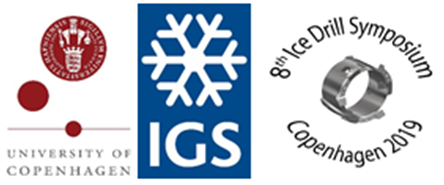Speaker
Description
Since 1975 about dozen of dry hole electromechanical (EM) ice coring drills were developed. Most of the drills were used in polar regions and a few in polar and high altitude glaciers ice coring operations. Main differences between ice coring operations in polar regions and in high altitude glaciers are: logistics, air and ice temperatures, particles concentration in ice and physical capacities of the drilling team. Therefore, the major requirements for drilling equipment for operations at high altitude are lightweight, low power and high ice core production rate (ICPR).
About 5500 m of ice cores were obtained with the EM drill developed at Byrd Polar Climate Research Center at the Ohio State University. The drill demonstrate capability to reach 310 m depth in dry borehole at average 4.8 m/h production drilling rate. The drill was successfully used in polar and temperate glaciers.
The next development step is the Ultralight ice coring system (ULICS) for most logistically difficult operations in high altitude glaciers. ULICS weight less than 30 kg including power source and capable to reach 200 m depth. It includes thermal (42 mm core) and dry hole EM drills (75 mm core).

